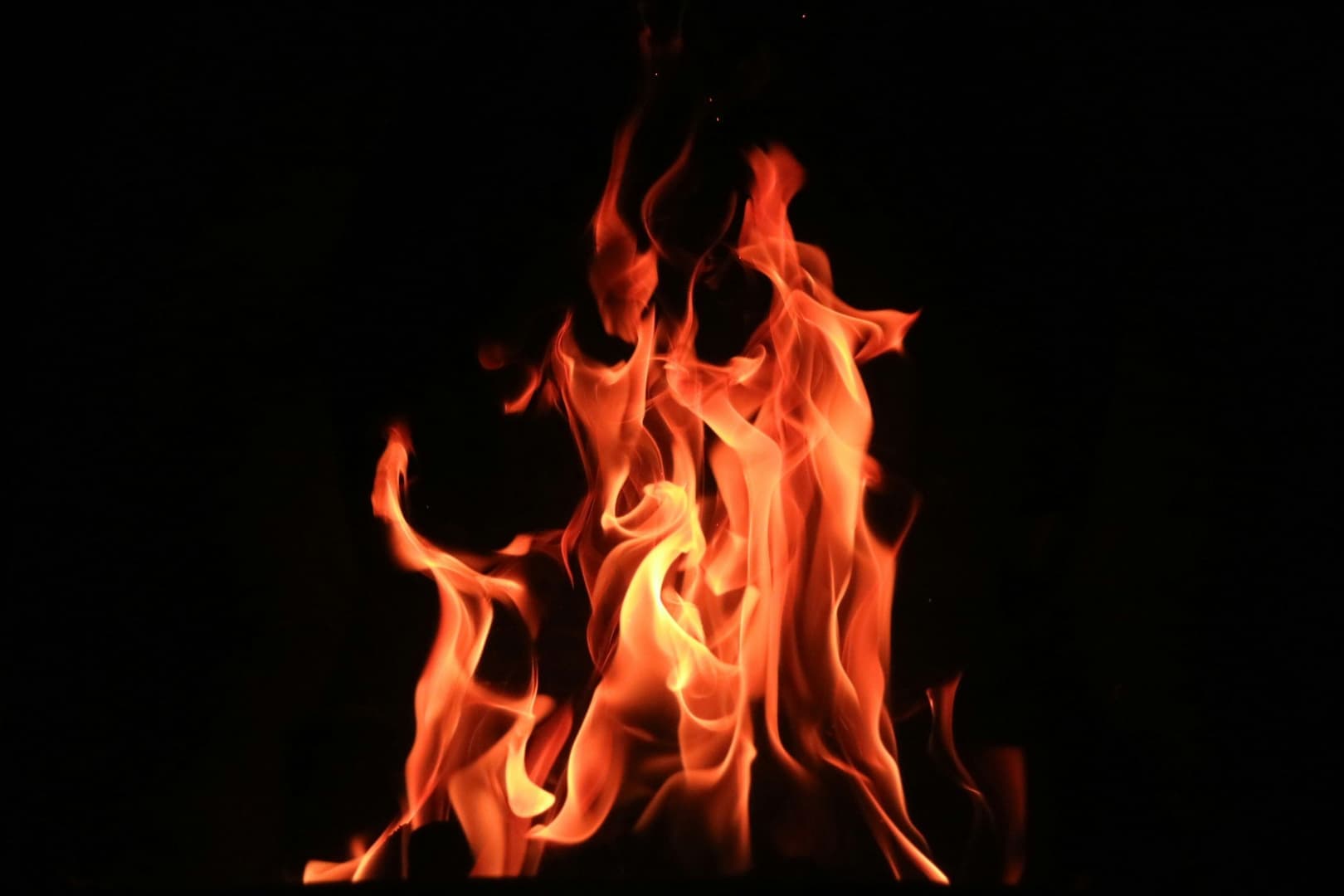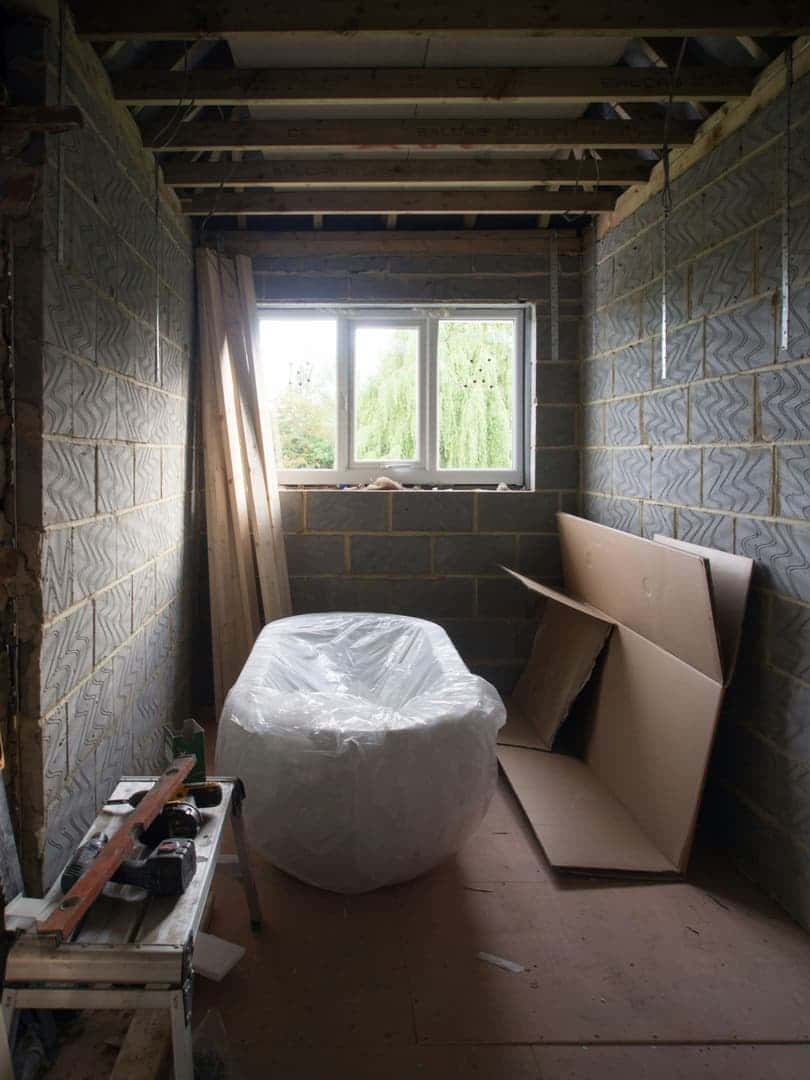
Eco-Heating in 2025: Heat Pump vs Pellet Stove vs Solar Heating
Heating accounts for nearly 60% of household energy use in Europe. In 2025, eco-friendly systems are booming — but the choices can be confusing. Should you switch to a heat pump, invest in pellets, or go solar? Let's compare costs, comfort, and carbon impact realistically.
The big three compared
Heat pump: €7,000–12,000 install cost, €400–700 annual cost, 300–500 kg CO₂/year, 15–20 years lifetime Pellet stove: €3,000–6,000 install cost, €600–900 annual cost, 500–800 kg CO₂/year, 15 years lifetime Solar heating: €6,000–10,000 install cost, €100–200 annual cost, 0–100 kg CO₂/year, 25 years lifetime These systems represent the three main eco-heating options available today. Each has distinct advantages depending on your home type, budget, and environmental priorities. For more context on sustainable heating, check our heat pumps in France guide and cutting your heating bill tips.
Environmental impact
Heat pumps are efficient but depend on electricity. Pellet stoves release particles unless certified wood is used. Solar remains the cleanest, provided your roof is well-oriented. Heat pumps use ambient air or ground energy to produce heat — they're 3x more efficient than electric radiators. Pellet stoves burn compressed wood waste, making them carbon-neutral if sourced locally. Solar thermal panels capture direct sunlight to heat water or air, producing zero emissions during operation. Learn more about balancing humidity and heating in autumn and winter.
Return on investment
Heat pump: 6–8 years ROI, up to 40% government aid, annual check maintenance Pellet stove: 4–6 years ROI, 25% government aid, ash cleaning maintenance Solar heating: 9–12 years ROI, 30–50% government aid, minimal maintenance These figures include typical EU subsidies and energy savings. Pellet stoves offer the fastest payback but require regular refilling. Heat pumps balance automation with reasonable ROI. Solar systems take longer to pay off but offer the lowest running costs. Check our winter home prep guide for more ways to optimize heating efficiency.
Comfort and usability
Heat pump: automatic regulation and low noise. Pellet stove: cozy atmosphere, manual refill. Solar: silent, autonomous, less effective in winter. Comfort matters as much as efficiency. Heat pumps work like reverse air conditioners — they quietly maintain your desired temperature year-round. Pellet stoves create a focal point in your living room with visible flames, though they need daily attention during winter. Solar systems work best combined with backup heating for cloudy days. For autumn-specific tips, see our space heaters cost guide.
Which one fits your home type
Apartment: Compact air/air heat pump — easy install, low noise Rural house: Pellet stove — local fuel, grid independence Sunny villa: Solar + pump hybrid — maximum efficiency all year Apartments benefit from compact heat pump units that don't require outdoor space. Rural homes can access local wood pellets and enjoy backup heating during power cuts. Villas with good sun exposure get the best ROI from hybrid systems. Consider your home's insulation quality too — better insulation means any heating system will perform more efficiently. Our autumn energy optimization article covers complementary improvements.
People also ask
Is solar heating enough for winter? Usually not alone; hybrid systems combining solar with heat pumps or pellets are ideal for year-round comfort. How long do pellet stoves last? Around 15 years with proper maintenance. Annual cleaning and certified pellets extend lifetime significantly. Can a heat pump work below 0°C? Yes, modern heat pumps work efficiently down to −15°C. Recent models include defrost cycles and adaptive compressors for cold climates.
Conclusion: There's no universal answer — your home decides. Urban apartments benefit from heat pumps, rural homes from pellets, and sunny houses from solar hybrids. The real win? Consuming less, staying warm, and protecting the planet.
About the author:
Alexandre Dubois is a European sustainability enthusiast who shares practical, tested tips for everyday life. From saving on household energy to reducing waste, he focuses on simple changes that deliver real impact. He writes from personal experience, testing solutions in his own home before recommending them. Contact: info@greendailyfix.com
Related posts

Humidity and heating: finding the right balance in European homes
When heating comes on, indoor air often dries out — except in unventilated rooms, where moisture builds up. Too much humidity brings mold, too little dries out skin and sinuses. The balance is easy to achieve with a few simple habits.

Get your home winter-ready without expensive renovations: real solutions that work
Every autumn, we promise ourselves to improve insulation — yet between budget and time, major renovations always get postponed. But a warmer home doesn't just depend on thick insulation or triple-glazed windows. A few practical, real-life actions can cut energy use starting this month.

October is here: 5 simple habits to cut your heating bill
Every year, October marks the return of chilly evenings and the first heaters being switched back on. Across Europe, households brace for rising energy bills as the days get shorter. Yet cutting consumption doesn’t always require big investments: small habits are enough to reduce costs without sacrificing comfort.

Electric Cars in 2025: Promise or Disappointment?
Europe is pushing hard on electric cars: purchase incentives, more charging stations, and carmakers announcing the end of combustion engines. But in daily life, drivers remain hesitant. Price, range, real ecological impact — does the promise really hold up?